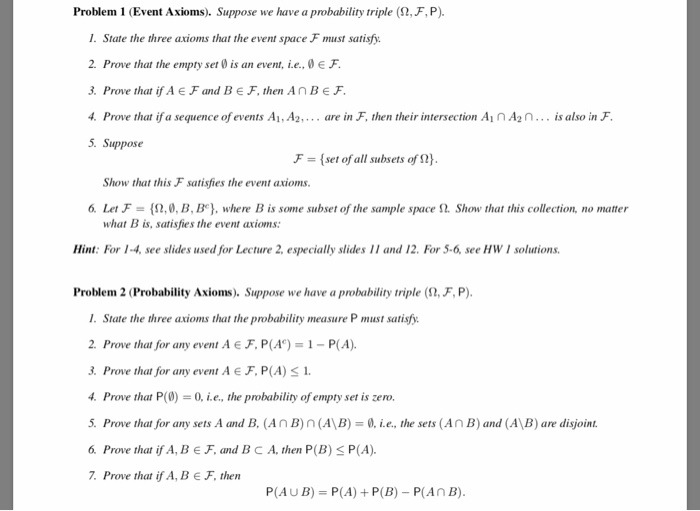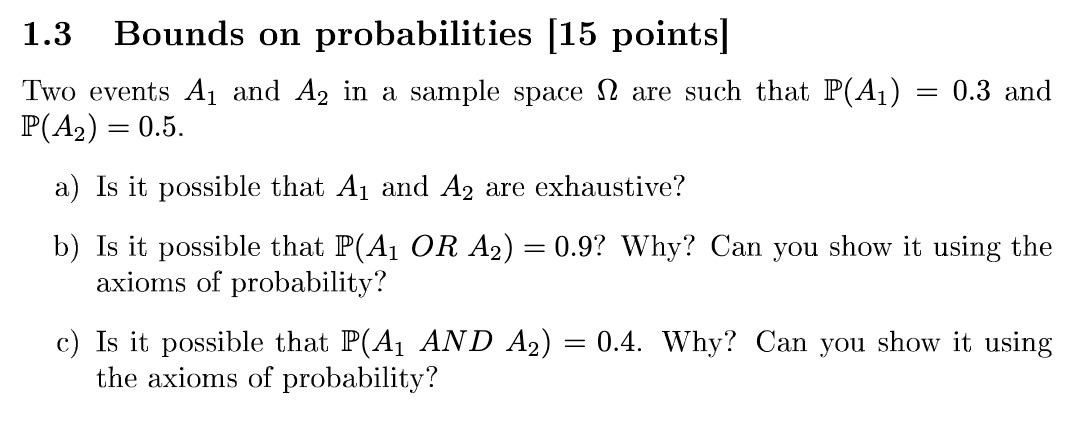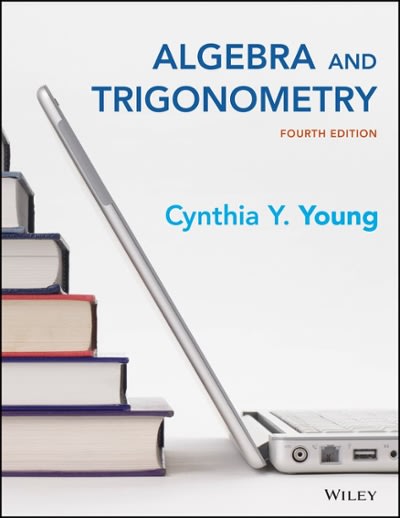Question
Change issue 16 in portion 4.2 of your substance, including drawing markers from a compartment of markers with ink and markers without ink. Expect that
Change issue 16 in portion 4.2 of your substance, including drawing markers from a compartment of markers with ink and markers without ink. Expect that the case contains 19 markers: 14 that contain ink and 5 that don't contain ink. An illustration of 8 markers is picked and a sporadic variable Y is portrayed as the amount of markers picked which don't have ink.
What number of different characteristics are functional for the unpredictable variable Y?
Fill in the table under to complete the probability thickness work. Make certain to list the potential gains of Y in rising solicitation.
The mean timeframe expected to play out a particular task on a mechanical creation framework has been set up at 15.5 minutes. A
subjective illustration of 9 delegates is shown another method. After the planning time span, the typical time these 9 agents
take to play out the endeavor is 13.5 minutes with a standard deviation of 3 minutes. Do these results give satisfactory
evidence to show that the new technique is faster than the old? Use a .05 level of significance. Acknowledge that the events
expected to play out the task are customarily passed on.
300 unclear cathode shaft tubes (CRTs) put into organization
simultaneously on January 1, 1976, experienced the going with amounts of frustrations through December 31, 1988:
Year 1983 1984 1985 1986 1987 1988
Number of frustrations 13 19 16 34 21 38
Acknowledge that there were no mistake before 1983.
a. Taking into account these data, measure the joined scattering work (CDF) of a CRT picked erratically.
Using the delayed consequences of segment (a), check the probability that a CRT picked at
discretionary
b. Continues to go more than 5 years.
c. Continues to go more than 10 years.
d. Continues to go more than 12 years.
e. That has made due for seemingly forever misses the mark in the 11th year of action.
The accomplice dignitary in the institute of business at Tech will purchase another copying machine
+8+
for the school. One model he is contemplating is the Zerox X10. The salesman
has uncovered to him that this model will make a typical of 125,000 copies, with a standard deviation
of 40,000 copies, before isolating. What is the probability that the copier will make
200,000 copies before isolating?..




Step by Step Solution
There are 3 Steps involved in it
Step: 1

Get Instant Access to Expert-Tailored Solutions
See step-by-step solutions with expert insights and AI powered tools for academic success
Step: 2

Step: 3

Ace Your Homework with AI
Get the answers you need in no time with our AI-driven, step-by-step assistance
Get Started


